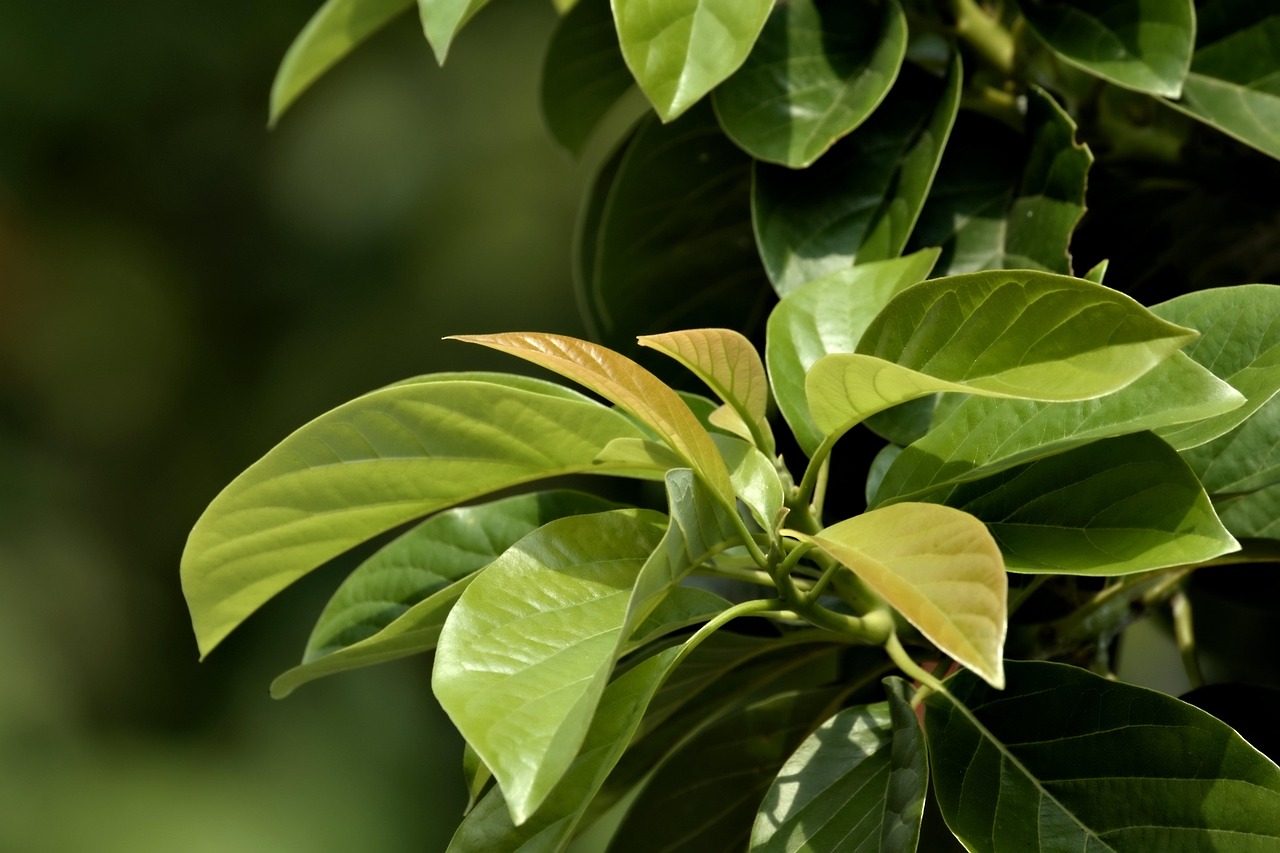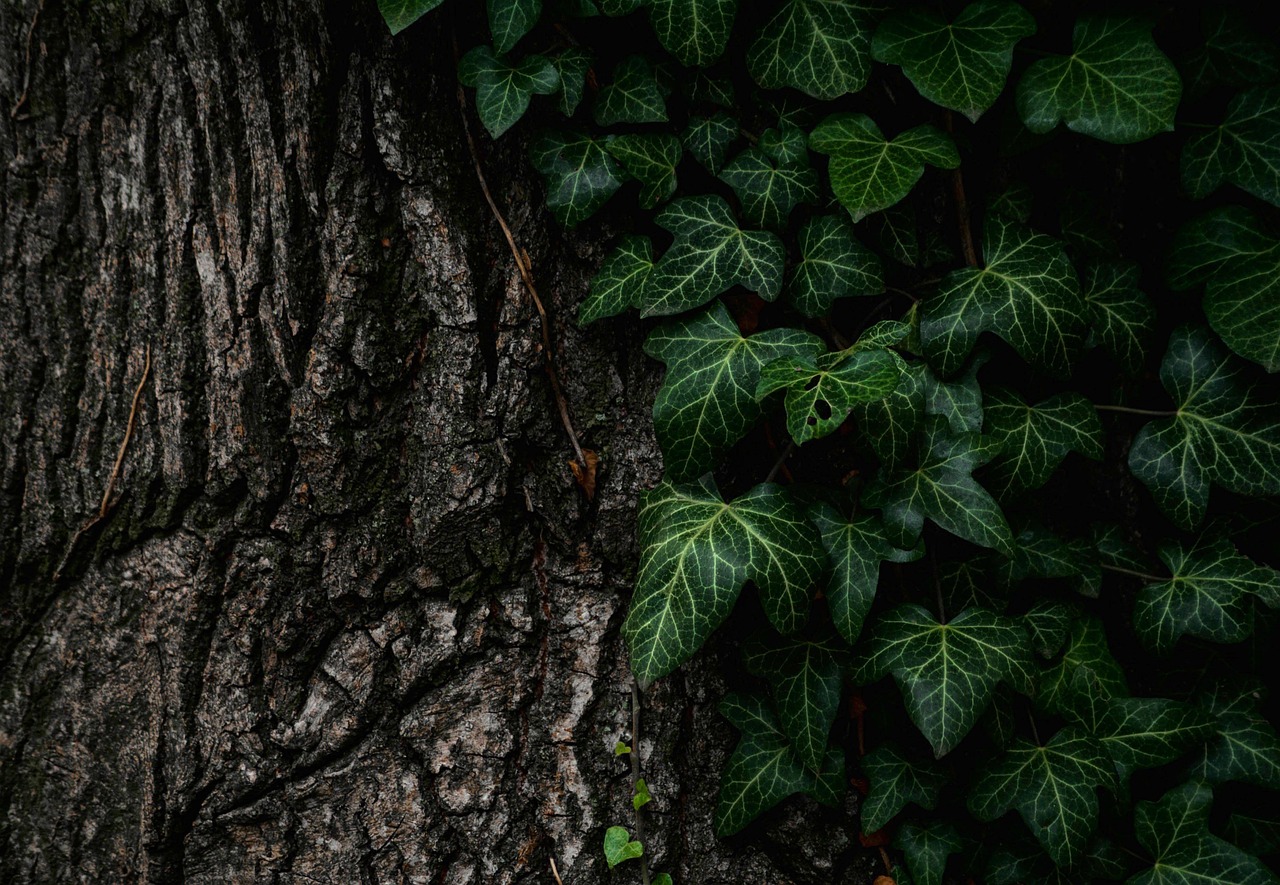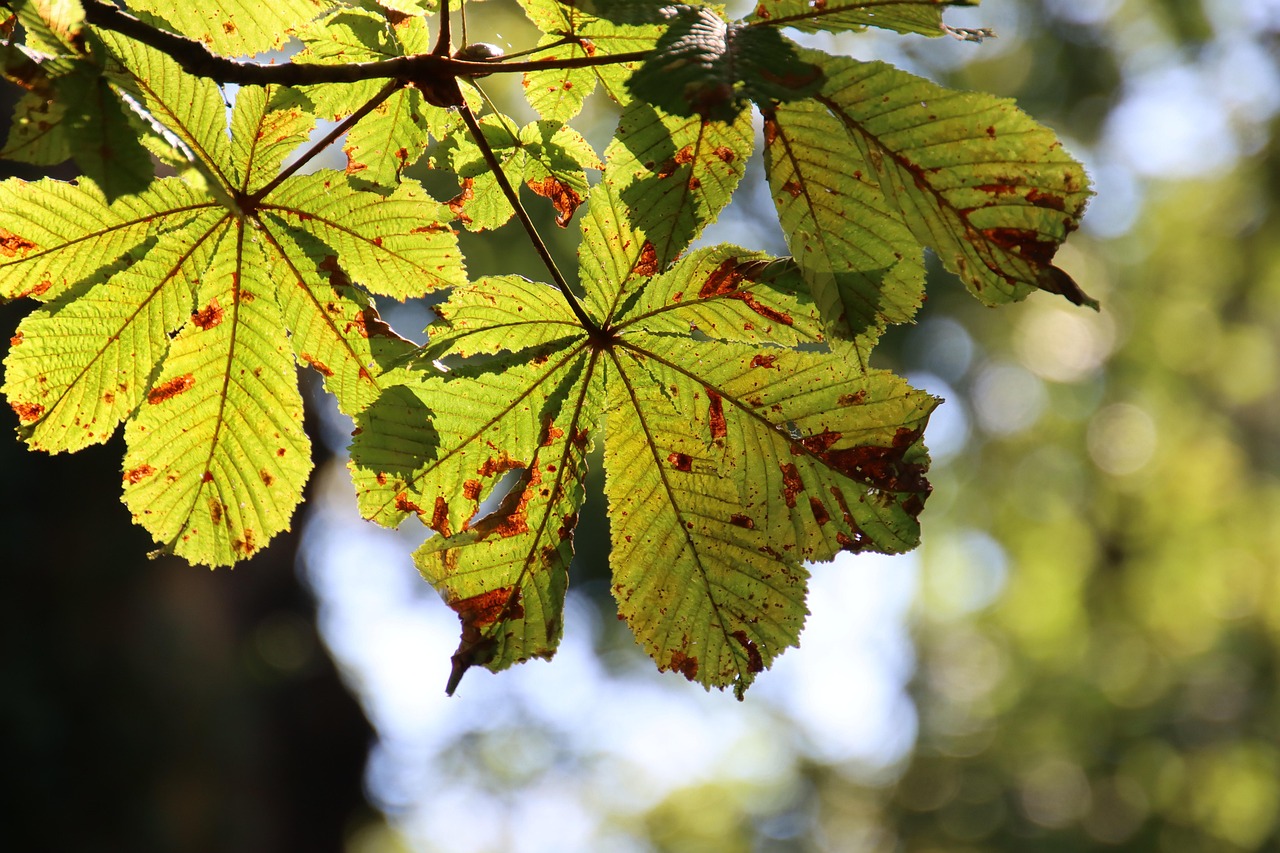A tree in botany is defined as a perennial plant with an elongated stem or trunk supporting branches and leaves. It typically grows to a height of at least 13 feet (4 meters) and has a distinct structure, including a crown. Trees are essential for ecosystems, providing habitat, oxygen, and food.
Understanding Trees in Botany
Trees play a vital role in our environment. They are not just large plants; they have unique characteristics that distinguish them from shrubs and other vegetation. In botany, the classification of a tree is based on several factors, including its height, structure, and growth habits. Understanding these factors helps scientists and botanists study trees more effectively.

The term “tree” encompasses a variety of species across different plant families. Some people may identify a tree as any tall plant, but botanically speaking, trees have specific features that set them apart. These features include having a single main stem, known as a trunk, which supports a canopy of leaves and branches.
Botanists categorize trees primarily into two groups: hardwoods and softwoods. Hardwoods come from deciduous trees, which shed their leaves annually, while softwoods originate from coniferous trees that usually have needle-like leaves and produce cones. This classification reflects differences in growth patterns and wood density.
Characteristics of Trees
To qualify as a tree, certain characteristics must be present. These include:

- Height: A tree generally reaches a minimum height of 13 feet (4 meters).
- Trunk: Trees have a single trunk that supports branches and leaves.
- Longevity: Trees live for many years, often decades or centuries.
- Leaf Structure: Trees exhibit distinct leaf arrangements, which can vary significantly between species.
Classification of Trees
Trees are classified based on their biological characteristics. The two primary classifications are:
| Type | Description | Examples |
|---|---|---|
| Hardwood Trees | Deciduous trees that lose their leaves seasonally. | Oak, Maple, Birch |
| Softwood Trees | Coniferous trees that retain their needle-like leaves year-round. | Pine, Spruce, Cedar |
In addition to these categories, trees are further classified based on their growth habits. Some trees grow tall and straight, while others may have a more sprawling or irregular growth form. Understanding these differences is crucial for forestry management and conservation efforts.
The Importance of Trees
Trees provide numerous benefits to the environment and human society. They play a crucial role in:

- Carbon Sequestration: Trees absorb carbon dioxide from the atmosphere, helping to mitigate climate change.
- Biodiversity: Forests serve as habitats for countless species of plants and animals.
- Erosion Control: Tree roots stabilize soil and prevent erosion.
- Aesthetic Value: Trees enhance the beauty of landscapes and urban areas.
The study of trees is not just about understanding their biology but also recognizing their significance in sustaining life on Earth. From providing shade in urban settings to contributing to the overall health of our planet, trees are indispensable. As we continue to explore what defines a tree in botany, it becomes evident that their role extends far beyond mere physical characteristics.
As we delve deeper into the classifications and characteristics of trees, it is essential to acknowledge the various ecosystems they inhabit and the diverse forms they can take. Each tree species has adapted uniquely to its environment, showcasing the incredible diversity in the plant kingdom.
Diversity of Tree Species
The diversity of tree species is one of the most fascinating aspects of botany. Trees can be found in nearly every ecosystem on the planet, from tropical rainforests to arid deserts. Each species has evolved to thrive in its specific environment, resulting in a wide range of forms, sizes, and adaptations. Understanding this diversity helps us appreciate the complexity of ecosystems and the roles trees play within them.
Tree Types by Habitat
Trees can be categorized based on the habitats they occupy. This classification is essential for conservation efforts and understanding ecological relationships. The following are some primary habitats where trees are commonly found:

- Tropical Rainforests: These forests are home to a vast number of tree species, characterized by high rainfall and warm temperatures year-round. Examples include Mahogany and Teak.
- Temperate Forests: Found in regions with distinct seasons, these forests feature both deciduous and coniferous trees. Oak and Maple are common here.
- Boreal Forests: Also known as taiga, these forests are dominated by coniferous trees such as Spruce and Fir, adapted to cold climates.
- Desert Regions: Some trees like the Joshua Tree and Mesquite have adapted to survive with minimal water.
Unique Adaptations of Trees
Trees display an array of adaptations that allow them to thrive in their respective environments. These adaptations may include changes in leaf structure, root systems, and reproductive strategies. Below are some notable adaptations:
- Water Conservation: Trees in arid environments often have waxy or small leaves to reduce water loss.
- Root Systems: Deep or extensive root systems help trees access water and nutrients from the soil. For example, the Baobab tree has a massive trunk that stores water.
- Reproductive Strategies: Some trees produce seeds that can withstand harsh conditions, while others rely on animal dispersal to spread their seeds effectively.
The Ecological Role of Trees
Trees serve numerous ecological functions that contribute to the health of our planet. They are integral to maintaining balanced ecosystems and supporting various life forms. Here are some critical ecological roles that trees play:
Carbon Storage and Climate Regulation
Trees are vital in combating climate change through carbon sequestration. They absorb carbon dioxide during photosynthesis, storing carbon in their biomass. This process helps mitigate the greenhouse effect and regulates global temperatures.
Soil Health and Erosion Prevention
The presence of trees significantly improves soil health. Their roots stabilize the soil, preventing erosion caused by wind and water. Additionally, fallen leaves decompose on the forest floor, enriching the soil with organic matter.
Habitat for Wildlife
Trees provide essential habitats for many species of wildlife. They offer food, shelter, and nesting sites for various birds, mammals, insects, and fungi. Here are some examples of how trees contribute to biodiversity:
- Nesting Sites: Birds such as owls and woodpeckers rely on tree cavities for nesting.
- Food Sources: Fruits, nuts, and leaves from trees serve as crucial food sources for many animals.
- Microhabitats: The bark and leaves of trees often host diverse communities of insects and fungi.
The Importance of Tree Conservation
As we continue to learn about the significance of trees in botany and ecology, it becomes clear that their conservation is vital. Deforestation, climate change, and urbanization pose significant threats to tree populations worldwide. Protecting and restoring tree habitats is essential for maintaining biodiversity and ecological balance.
Efforts to conserve trees can take various forms, including:
- Reforestation: Planting trees in areas where forests have been cut down helps restore ecosystems.
- Protected Areas: Establishing national parks and reserves safeguards critical habitats from development.
- Sustainable Forestry Practices: Implementing responsible logging practices ensures that forest resources are managed sustainably.
The ongoing study of trees not only enriches our understanding of botany but also emphasizes the importance of preserving these remarkable plants for future generations. As stewards of the environment, it is our responsibility to ensure that trees continue to thrive in their natural habitats.
Tree Anatomy and Growth
To fully understand what counts as a tree in botany, it is essential to explore the anatomy of trees and how they grow. Each part of a tree plays a specific role in its survival and development. The structure of a tree is complex and fascinating, contributing to its functionality and adaptability.
Main Components of a Tree
A tree consists of several key components, each serving distinct functions that are critical for growth and health. The primary components include:
- Roots: The root system anchors the tree in place and absorbs water and nutrients from the soil. Roots can extend deep into the ground or spread widely near the surface.
- Trunk: The trunk provides structural support, allowing the tree to reach great heights. It transports water and nutrients between the roots and leaves through specialized tissues.
- Branches: Branches extend from the trunk, creating a network that supports leaves and reproductive structures. They help in maximizing sunlight exposure for photosynthesis.
- Leaves: Leaves are the primary sites for photosynthesis, where sunlight is converted into energy. They also play a role in gas exchange, releasing oxygen and absorbing carbon dioxide.
- Bark: The bark protects the tree from environmental threats, such as pests and diseases. It also helps reduce water loss.
Growth Patterns of Trees
Trees exhibit various growth patterns influenced by their species, environment, and age. Understanding these patterns is vital for forestry management and conservation practices. Key aspects of tree growth include:
- Height Growth: Most trees grow taller over time, which allows them to compete for sunlight. Height growth occurs primarily at the tips of the branches.
- Diameter Growth: As trees age, they increase in diameter through a process called secondary growth. This involves the formation of new layers of wood, which contribute to the trunk’s strength.
- Seasonal Growth: Growth rates can vary seasonally based on climate conditions. Many trees experience rapid growth in spring and summer when temperatures rise and water availability increases.
Tree Reproduction
Trees reproduce through both sexual and asexual methods, ensuring the continuation of their species. Each reproductive strategy has unique advantages that aid in survival.
Sexual Reproduction
In sexual reproduction, trees produce seeds through the fertilization of flowers. The process involves several stages:
- Pollination: Pollen from the male parts of a flower must reach the female parts, often assisted by wind or pollinators like bees.
- Fertilization: Once pollen reaches the ovule, fertilization occurs, leading to seed formation.
- Seed Dispersal: Trees employ various strategies to disperse seeds, including wind, water, and animals. This helps ensure that seedlings can grow in new locations.
Asexual Reproduction
Asexual reproduction allows trees to create new individuals without producing seeds. Methods include:
- Suckering: Some trees can produce new shoots from their root system, allowing them to spread horizontally.
- Layering: Certain species can produce roots from branches that come into contact with the ground, eventually forming new trees.
- Cuttings: In horticulture, cuttings taken from a parent plant can develop roots and grow into new trees.
The Role of Trees in Human Society
Trees have played a significant role in human society throughout history. Their importance extends beyond environmental benefits to cultural, economic, and social aspects.
Cultural Significance
Trees often hold cultural significance in many societies. They may symbolize strength, wisdom, or stability. Additionally, certain trees are central to religious or spiritual practices.
Economic Contributions
Trees are vital to various industries, providing resources such as timber, paper, and food products. Some key contributions include:
- Lumber Industry: Trees are harvested for construction materials, furniture, and other wood products.
- Agriculture: Fruit-bearing trees like apples and oranges are cultivated for food production.
- Medicinal Uses: Many trees contain compounds used in traditional medicine or pharmaceuticals.
Social Benefits
Trees enhance urban areas by providing shade, improving air quality, and increasing property values. Parks and green spaces contribute to community well-being and promote outdoor activities.
The multifaceted roles of trees demonstrate their importance not only in ecosystems but also in human life. By understanding what constitutes a tree in botany, we can better appreciate their value and advocate for their preservation in our changing world.
The Future of Trees in a Changing Environment
As we look to the future, the challenges faced by trees and forests are mounting. Climate change, urban expansion, and deforestation threaten the existence of many tree species. Understanding what counts as a tree in botany is not just an academic exercise; it is critical for developing effective conservation strategies.
One of the significant threats to trees is the changing climate. Increasing temperatures, altered precipitation patterns, and extreme weather events can disrupt growth and reproduction. Some species may struggle to adapt to these rapid changes, leading to declines in their populations.
Restoration Efforts
In response to these challenges, various restoration efforts are underway globally. These initiatives aim to enhance tree resilience and restore degraded ecosystems. Some key strategies include:
- Climate-Resilient Planting: Selecting tree species that are more adaptable to changing climates for reforestation efforts can help ensure the survival of forests.
- Invasive Species Management: Controlling or eradicating invasive species that threaten native trees is essential for preserving biodiversity.
- Community Engagement: Involving local communities in conservation and restoration projects enhances effectiveness and fosters a sense of stewardship.
Research and Education
Ongoing research into the biology and ecology of trees is crucial for understanding their roles in ecosystems and how they respond to environmental stressors. Educational programs can raise awareness about the importance of trees and promote sustainable practices among individuals and communities.
Moreover, citizen science initiatives allow people to contribute to tree monitoring efforts, helping scientists gather valuable data on tree health and distribution. These collaborative efforts can strengthen community ties while fostering a deeper appreciation for the natural world.
Final Thoughts
In summary, trees are much more than just large plants; they are complex organisms that play vital roles in our ecosystems, economy, and society. By understanding the definition and characteristics of trees in botany, we gain insight into their significance and the urgent need for their conservation.
The variety of tree species, their unique adaptations, and their ecological contributions highlight the intricate relationships within nature. As stewards of the environment, we must recognize the importance of preserving tree populations and their habitats for future generations.
As we confront the challenges posed by climate change and human activity, it is imperative to advocate for sustainable practices that protect our forests. By fostering a culture of conservation, supporting restoration initiatives, and promoting education about trees, we can ensure that these remarkable plants continue to thrive in our world.
Ultimately, every individual can contribute to tree preservation efforts, whether through planting trees, supporting conservation organizations, or simply raising awareness about the importance of trees. Together, we have the power to protect these vital resources and ensure a healthy planet for generations to come.
